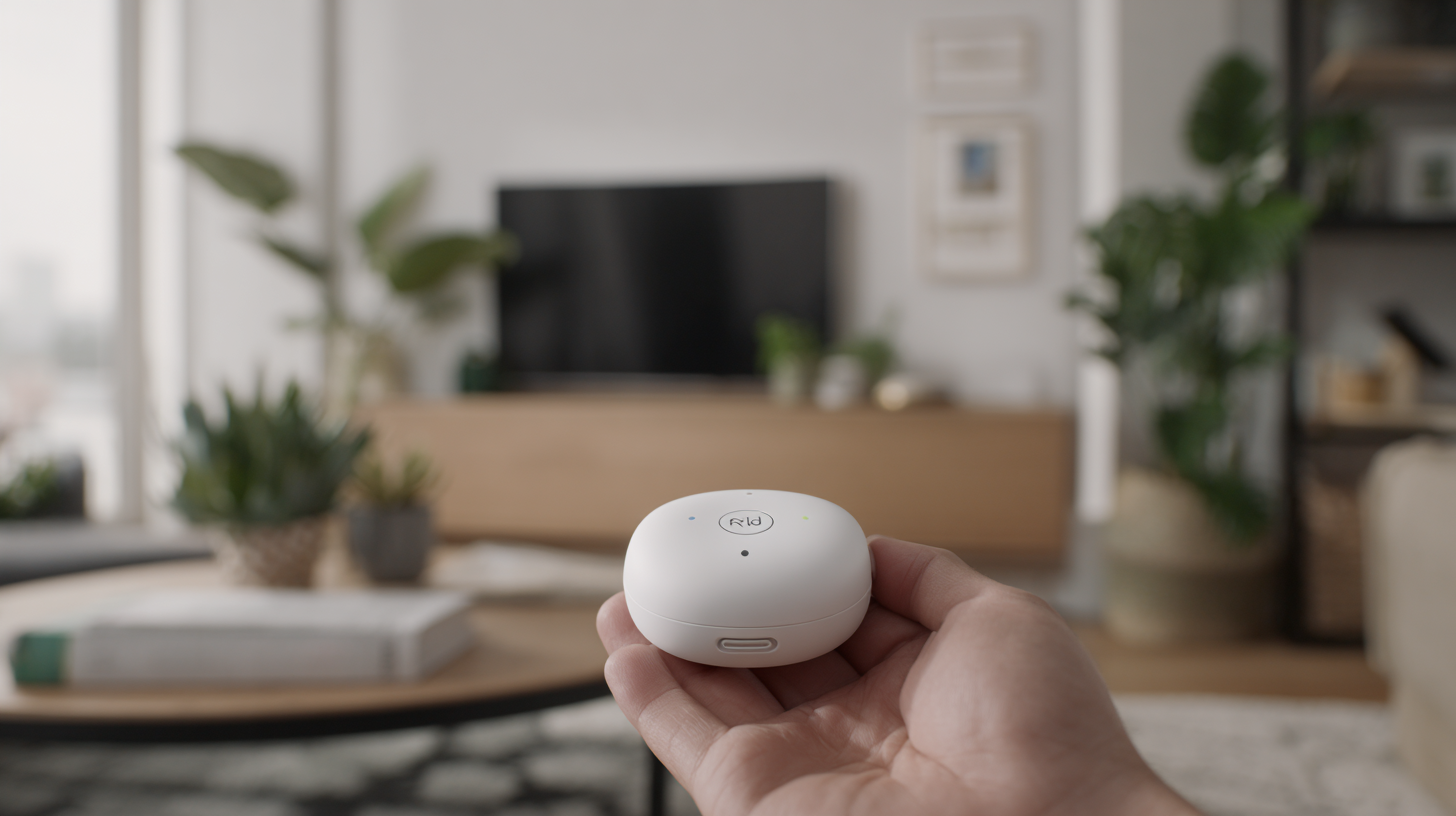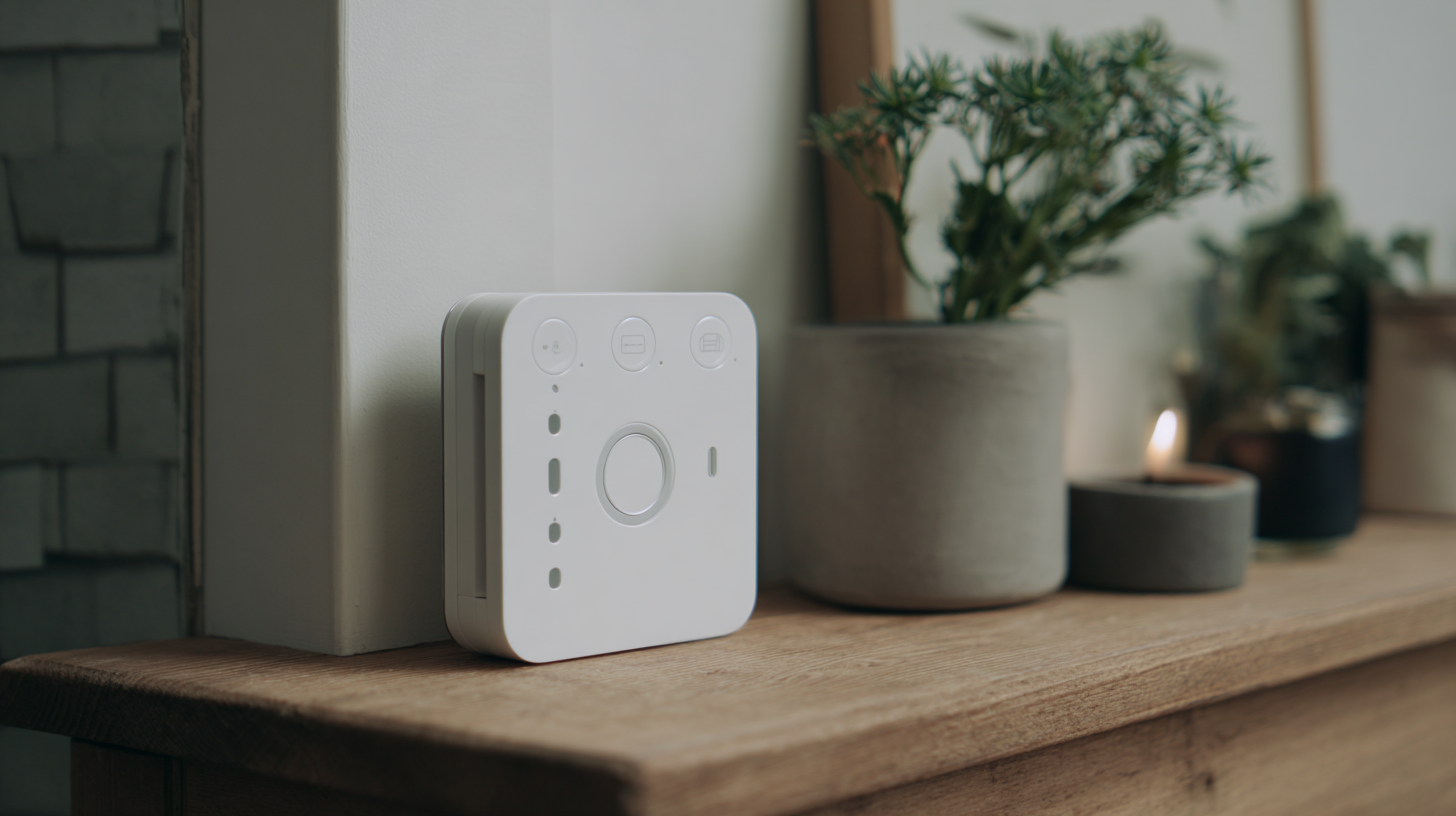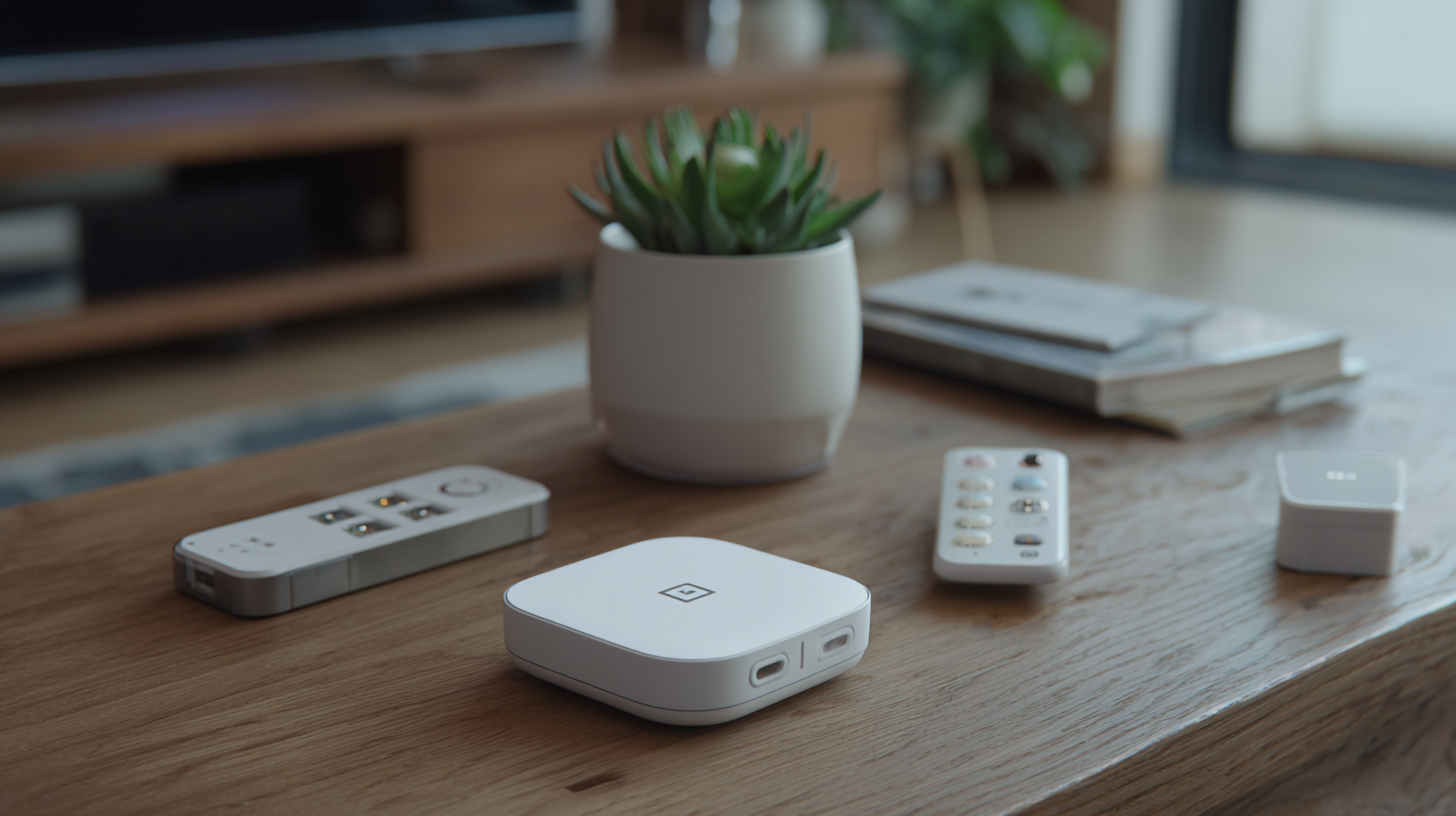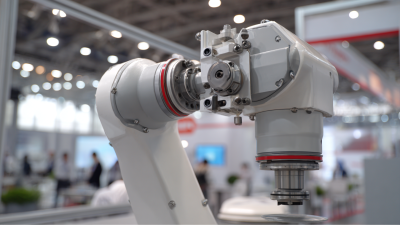As technology continues to evolve, the concept of smart home automation is becoming increasingly accessible and user-friendly. One of the most significant breakthroughs in this realm is the emergence of "No Hub Connector" technology. This innovative approach eliminates the need for a central hub, allowing devices to communicate directly with each other and simplifying the setup process for consumers.

In this article, we will explore the future potential of smart home automation using No Hub Connector technology, examining its advantages such as enhanced flexibility, cost-effectiveness, and ease of integration. By highlighting the various applications and benefits this technology offers, we aim to provide readers with a comprehensive understanding of how No Hub Connector can revolutionize the way we interact with our smart homes, making them more intuitive and efficient than ever before.
As smart home automation technology evolves, the shift from traditional hubs to no hub solutions highlights a revolutionary change in consumer convenience. Traditional systems often required a central hub to connect various smart devices, complicating the user experience and introducing potential points of failure. With no hub technology, devices can communicate directly over Wi-Fi or other protocols, enhancing interoperability and simplifying installation. This new landscape allows homeowners to customize their smart environments seamlessly, as devices can be added or removed without a central coordinating unit.

The projected growth of smart gardening systems demonstrates the increasing consumer adoption of these technologies, set to expand dramatically from approximately $339.73 million in 2025 to $2.44807 billion by 2033. This trend indicates not only a booming market but also a growing interest in integrating smart solutions into everyday life, including gardening and energy management. As smart homes become more advanced, driven by AI innovations, the potential for personalized, automated experiences will redefine living spaces, making them more responsive to individual needs and preferences.
No Hub Connector Technology is revolutionizing the landscape of smart home automation by eliminating the need for central hubs that complicate connectivity. This technology allows devices to communicate directly with each other, enhancing flexibility and ease of use. Homeowners can enjoy a seamless setup process, as they can simply add devices to their networks without the cumbersome requirement of a central controller. This direct communication not only simplifies installation but also allows for quicker responses between devices, making smart systems more efficient.
Another major benefit of No Hub Connector Technology is its cost-effectiveness. By removing the need for a dedicated hub, users can save on initial investment costs and reduce maintenance expenses associated with hub management. Additionally, this technology often enhances compatibility across various devices, regardless of the manufacturer, giving homeowners more choices when selecting products for their smart homes. As the market for smart home devices continues to grow, the shift toward No Hub Connector technology represents a significant step toward creating a more user-friendly and interconnected living environment.
| Feature | Description | Key Benefits |
|---|---|---|
| Direct Device Communication | Devices connect directly to each other without a central hub. | Reduced latency and improved response time. |
| Increased Compatibility | Supports a wider range of devices across different brands. | Easier integration of new devices into your smart home setup. |
| Improved Security | Eliminates single points of failure by not relying on a hub. | Enhanced data privacy and reduced risks of hacking. |
| User-Friendly Setup | Simplifies installation and management of devices. | Less technical knowledge required for users. |
| Cost-Effective Solutions | Eliminates the need for purchasing expensive hubs. | Reduces overall setup and maintenance costs. |
The landscape of home automation is rapidly evolving, with two prominent systems emerging: hub-based and no hub systems. Hub-based systems rely on a central unit to communicate with various devices, creating a unified network. This approach offers a robust platform where different devices can work in concert, typically supporting a wider range of compatibility and communication protocols. However, the reliance on a central hub can lead to potential points of failure and may create connectivity issues if the hub malfunctions or becomes outdated.
In contrast, no hub systems leverage direct point-to-point communication, allowing devices to connect to one another or to the internet independently. This flexibility often results in easier installation and setup for consumers, as it eliminates the need for a central control unit. Additionally, no hub technology can enhance the scalability of home automation, allowing homeowners to add new devices without the constraints imposed by a hub’s capacity. While concerns about integration and standardization persist, the no hub approach presents a compelling option for those seeking a streamlined and user-friendly smart home experience.

The future of smart home automation is increasingly leaning towards no hub connector technology, which simplifies the user experience and enhances device compatibility. As we venture into 2025, the landscape of smart home devices will be transformed by AI-driven innovations that not only improve automation but also bolster security and sustainability. Homeowners can expect to see advanced devices such as autonomous flying security cameras and AI-powered robotic companions, designed to elevate daily convenience and automate mundane tasks.
Tips: When exploring no hub smart home technologies, consider opting for devices that support the Matter standard. This open-source protocol allows for seamless integration across different brands, making it easier to add new devices to your setup. Additionally, prioritizing energy-efficient devices can not only reduce utility bills but also contribute to a more sustainable environment.
As smart home technologies evolve, focus on devices that cater to diverse needs, such as assistive devices for the elderly or those with disabilities. These innovations empower users to maintain independence in their daily lives while providing caregivers with reliable tools for support. With the rapid technological advancements, now is the perfect time to create a smarter, safer living space tailored to your individual needs.
The shift towards no hub connector technology in smart home automation presents unique challenges, particularly in the realms of security and compatibility. Traditional systems often rely on a central hub, which can become a single point of failure or vulnerability. In contrast, no hub systems eliminate this dependence, but they require robust security measures across individual devices. Each device must be equipped with advanced encryption protocols to prevent unauthorized access and ensure that user data remains secure. Manufacturers must prioritize the development of secure communication standards to protect the integrity of the entire smart home ecosystem.
Furthermore, achieving compatibility among various devices without a central hub poses a significant hurdle. Each manufacturer may adopt different communication protocols, leading to fragmentation in the market. To promote seamless integration, industry standards and open-source platforms are essential. This collaboration could foster interoperability, allowing devices from different brands to communicate effectively without compromising functionality. By addressing these security and compatibility challenges, no hub technology can pave the way for a more flexible and user-friendly smart home experience, ultimately empowering consumers with greater control and peace of mind.






